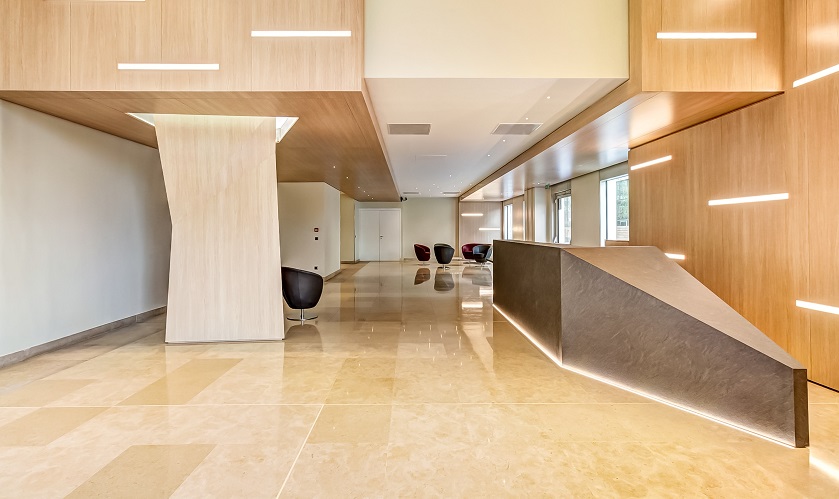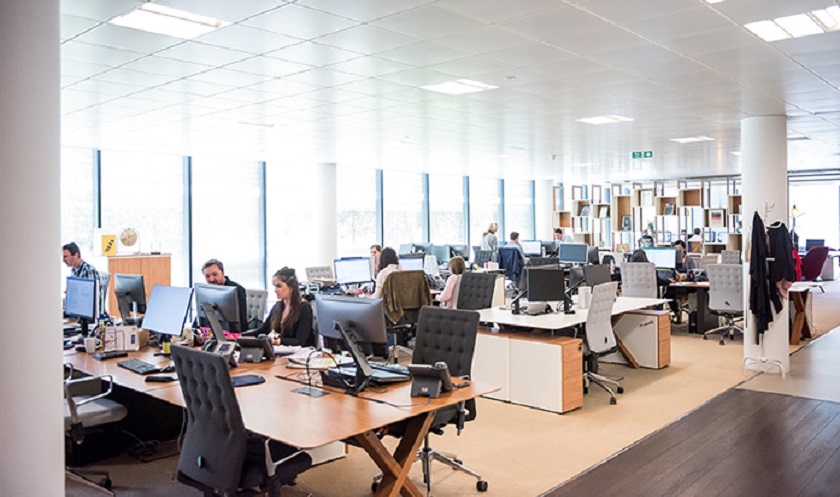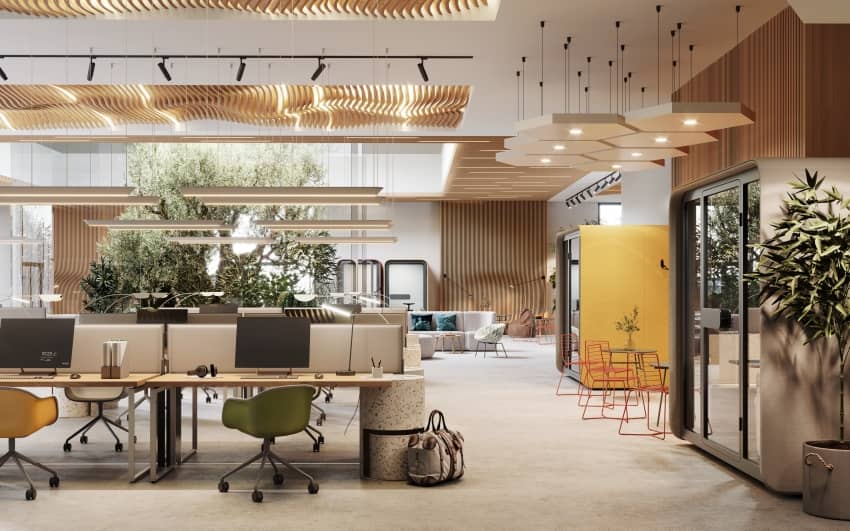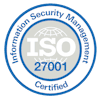Welcome to the future of work in the Middle East!
As technology continues to transform our lives, it’s also revolutionizing our work styles.
Traditional offices with rows of desks and endless paperwork are passé. Now is the time for Smart Offices, where cutting-edge technology seamlessly integrates with the work environment to enhance productivity, collaboration, and employee satisfaction.
In this fast-paced world, businesses in the Middle East are recognizing the importance of embracing smart office solutions to stay competitive and meet the evolving needs of their workforce.
The market for smart office solutions in the Middle East is expected to grow at a compound annual growth rate (CAGR) of 20% from 2022 to 2027 (Source: Technavio).
In the UAE, 70% of businesses are planning to adopt smart office solutions in the next 3 years (Source: Microsoft AI report).
The Rise of Smart Office Solutions
Smart office solutions encompass a wide range of technologies. From automated processes to intelligent systems, these solutions harness cutting-edge technologies such as the Internet of Things (IoT), artificial intelligence (AI), cloud computing, and more.
Among the numerous smart solutions available, one that stands out is the meeting room and desk booking system. This innovative tool optimizes office space and streamlines operations.
Meeting Room and Desk Booking System
This innovative technology revolutionizes the traditional approach to scheduling and managing workspace resources. With the help of this system, employees can effortlessly book meeting rooms and reserve desks in real time, using their smartphones, eliminating the hassle of manual scheduling and minimizing conflicts.
The meeting room and desk booking system has numerous benefits. Some of them have been discussed here:
Optimizing Resource Allocation
The meeting room and desk booking system allows organizations to optimize their space utilization. Through a centralized platform, employees can view the availability of meeting rooms and desks, enabling them to choose the most suitable option based on their requirements.
This intelligent system prevents double bookings, ensuring that spaces are utilized efficiently, and wastage is minimized.
Enhanced Collaboration
By making the booking process smooth, the system promotes collaboration among employees. With clear visibility of room availability and quick reservation capabilities, team members can easily plan meetings and work together. This leads to reduced downtime and a more cohesive work environment.
Improved Productivity
The system’s ability to automate the booking process saves valuable time and reduces administrative burdens. Employees can focus on their core tasks rather than spending precious minutes searching for available meeting rooms or desks. Eliminating these manual tasks lead to higher efficiency and output.
Real-time Insights
The meeting room and desk booking system provides organizations with valuable insights into space utilization patterns. By analysing data on room occupancy rates, peak usage times, and employee preferences, companies can make informed decisions regarding workspace design, resource allocation, and future expansions.
Flexibility and Agility
In today’s dynamic work environment, flexibility and agility are crucial. The meeting room and desk booking system enables employees to adapt to changing circumstances effortlessly. Whether it’s a sudden need for an impromptu meeting or an employee requiring a desk for a specific project, the system allows for quick adjustments and smooth transitions.
Steps to Transition from Traditional to Smart Offices
Transitioning from a traditional office to a smart office requires a well-defined plan and strategic approach. Here are some steps businesses can follow to make a smooth transition:
1. Assess the Current Office Environment
Evaluate the existing office setup, workflows, and technologies to identify areas for improvement and determine the scope of the smart office transformation.
2. Set Clear Objectives
Define the goals and objectives of transitioning to a smart office. Whether it’s improving productivity, enhancing collaboration, or reducing operational costs, having clear objectives will guide the decision-making process.
3. Research and Select Suitable Technologies
Identify the smart office technologies and features that align with the defined objectives. Consider factors such as scalability, compatibility, and ease of use when selecting the solutions.
4. Develop an Implementation Plan
Create a detailed implementation plan that outlines the timeline, budget, and resources required for the transition. Assign responsibilities and establish a project team to oversee the implementation process.
5. Communicate and Train Employees
Effective communication is key to successful change management. Clearly communicate the benefits of smart offices to employees and provide comprehensive training programs to ensure a smooth transition.
6. Test and Refine
Before fully implementing the smart office ecosystem, conduct pilot tests to identify any issues or areas for improvement. Refine the implementation plan based on feedback and lessons learned.
7. Monitor and Evaluate
Continuously monitor the performance of the smart office ecosystem and collect feedback from employees. Regularly evaluate the impact on productivity, collaboration, and employee satisfaction to make necessary adjustments.
Cost Implications of Smart Offices in the Middle East
While the benefits of smart offices are evident, businesses need to carefully consider the cost implications. The cost of smart office solutions can vary depending on factors such as the size of the office, the complexity of the technology, and the level of customization required.
For example, to install a meeting room and desk booking system, you have to purchase hardware and software which may include sensors, displays, etc. Additionally, businesses need to allocate resources for employee training, change management, and integration with existing systems.
Although the upfront costs may seem significant, the return on investment (ROI) for smart office solutions is typically 18–24 months.
Conclusion
Smart offices have brought about a paradigm shift in the way companies operate in the Middle East. Among the innovative technologies, the meeting room and desk booking system stands out as a powerful tool that optimizes resource allocation, enhances collaboration, and boosts productivity. By implementing this technology, businesses in the Middle East can create a more agile, efficient, and employee-centric work environment.
As the region continues to embrace technological advancements, smart office solutions will play an increasingly significant role in shaping the future of work in the Middle East. By capitalizing on these intelligent systems, companies can stay ahead in the competitive landscape.





